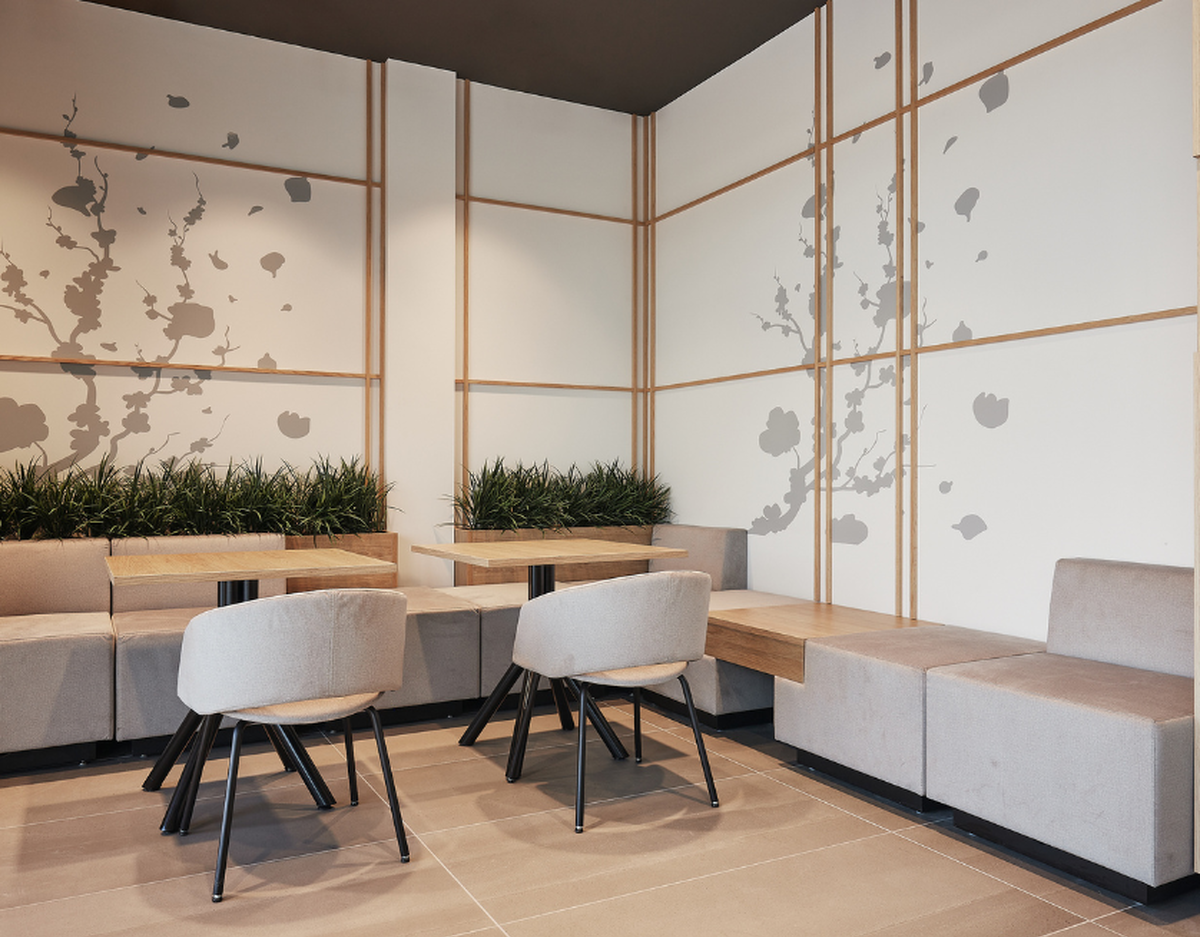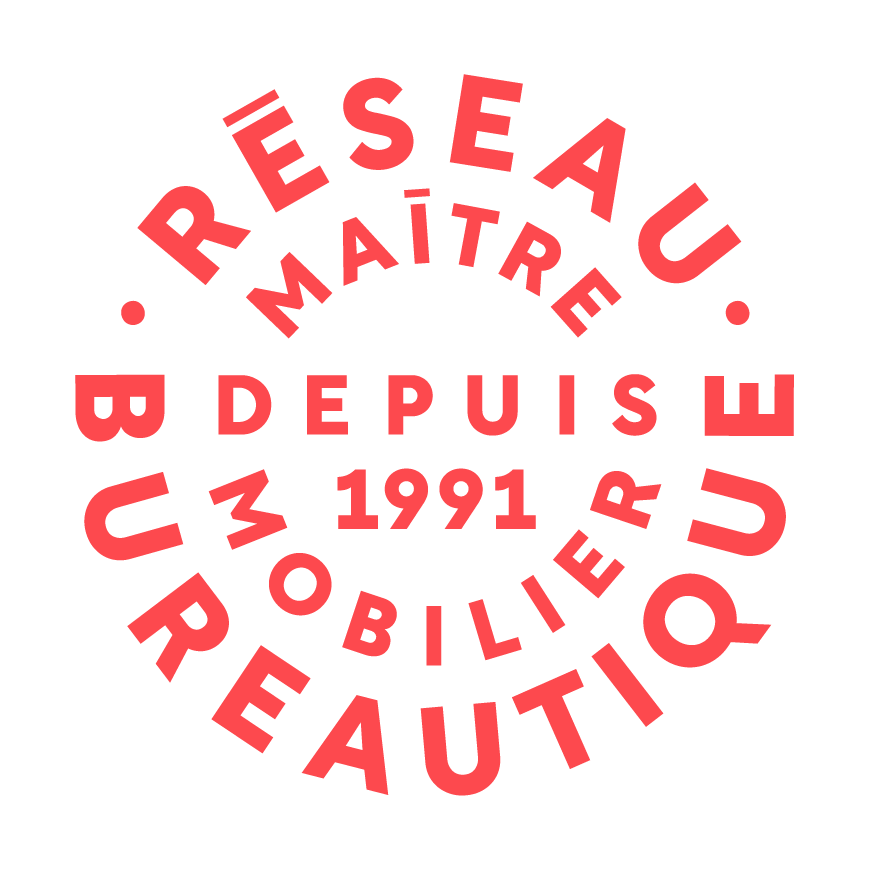The physical work environment is much more than a functional framework. It acts as a silent mirror of corporate culture, revealing its core values, priorities, and its relationship with people. In a context where sustainability, attractiveness, and engagement are central to organizational concerns, sustainable design becomes a powerful lever for transformation.
By rethinking the layout, materials, and use of their spaces, companies can foster a culture that is more coherent, engaging, and responsible. It's no longer just about furnishing—it's about giving meaning to space.


A closed-off, impersonal office deprived of natural light sends an implicit message: efficiency comes first. In contrast, an open, bright, warm, and ergonomic space signals that well-being, collaboration, and creativity are integral to the organization's DNA.
Every design choice reflects an intention. Materials, workstation layout, and the presence of rest or focus areas shape daily life and influence behavior. They express a particular vision of how work, colleagues, and the environment are viewed.
That's why integrating sustainable, local, or upcycled materials—as offered by Réseau•B—is not merely a technical or budgetary decision. It's an act of alignment between stated values and real-world actions.
Furniture is far from neutral—it contributes to the company's visual and cultural identity. Choosing upcycled or eco-responsible furniture means declaring a commitment to act responsibly, in line with broader environmental or social goals.
At Réseau•B, the concept of "committed furniture" refers to pieces designed and upcycled based on ethical, ecological, and socially responsible principles. Choosing such furniture expresses a long-term vision where aesthetics, durability, and positive impact go hand in hand.
This choice sends a strong signal to employees, partners, and clients. Furniture becomes a silent yet meaningful communication tool.
Thoughtful design goes beyond aesthetics. It must address actual usage, work rhythms, and the needs of the people using it.
Open spaces encourage spontaneous interactions and co-creation. Focus areas allow for concentrated, high-effort tasks. Relaxation zones provide essential breathing room in an often-demanding daily routine. Each zone contributes to productivity, friendliness, and quality of life.
Incorporating elements like natural light, inclusive design, ergonomics, acoustic quality, or greenery shows genuine attention to people. An employee who feels good in their environment is naturally more motivated, engaged, and loyal to the company.
Employees—especially younger generations—are increasingly sensitive to the alignment between declared values and tangible actions by their employer. A sustainably designed workplace is seen as a sincere and measurable commitment.
This coherence fosters pride in belonging. It cultivates a sense of contributing to something bigger than oneself. It strengthens engagement, talent retention, and turns employees into true ambassadors for the company.
Organizational psychology studies show that well-being at work is closely tied to the quality of the physical environment. Temperature, lighting, noise, air quality, and furniture comfort directly affect mental health, job satisfaction, and individual performance.
In a competitive job market, offering a sustainable, comfortable, and inspiring workspace becomes a powerful recruitment lever. Qualified candidates seek environments that align with their values and promote well-being.
Investing in sustainable design sends a clear message: here, we are preparing for the future with care for both people and the planet. This message is a real competitive advantage for attracting engaged professionals and building a strong team.
Whether second-hand furniture, new furniture, or upcycled furniture, they now transcends its basic function. It carries a vision, expresses a clear commitment, and becomes a true pillar of your employer brand.
A redesign or office move presents a unique opportunity for cultural transformation. It's an ideal moment to challenge habits, evolve practices, and spark new energy.
Réseau•B encourages companies to involve their teams in the planning process. Co-creating the workspace fosters buy-in, strengthens belonging, and improves the relevance of the final layout.
Reorganizing workspaces can transform behavior. It can encourage informal exchanges, reinforce interdepartmental ties, highlight moments of rest and reflection, support idea-sharing, and promote a culture of openness.
A high-performing workspace must evolve alongside the organization. It should support strategic goals, growth, business model changes, and structural adjustments.
That's why it's crucial to design modular, scalable environments aligned with the company's future vision. Remanufactured furniture —like that offered by Réseau•B—fits perfectly within this approach.
This choice allows for a balance of responsibility, efficiency, and adaptability, all while expressing a clear, confident vision of what the organization stands for.
Successful sustainable design projects require active collaboration between leadership, HR, design teams, and specialized partners.
HR ensures the spaces support inclusion, equity, and well-being. Senior management sets a clear direction and allocates the necessary resources. The partner—like Réseau•B—translates these goals into concrete, responsible, and aesthetic solutions.
By bringing together these areas of expertise, the organization creates a workspace in its own image. It shows that every square meter can be a vector of engagement and culture.
Transforming company culture isn't just about communication or leadership. It also comes from tangible, visible, and lasting actions.
At Réseau•B, we believe sustainable design is a powerful catalyst for transformation. It helps create spaces that reflect your organization's values, foster team engagement, and meet today's market expectations.
Considering a new design project? Make it an opportunity to reveal your culture and build a workspace with a positive impact.
Contact our team to begin the process today. Together, let's turn your spaces into a source of meaning, engagement, and future.
![]()
Découvrez pourquoi Réseau•B peut bien vous conseiller dans vos projets d'ameublement.
![]()
Pour en apprendre davantage sur la valeur ajoutée de faire affaire avec un Maître Mobilier!